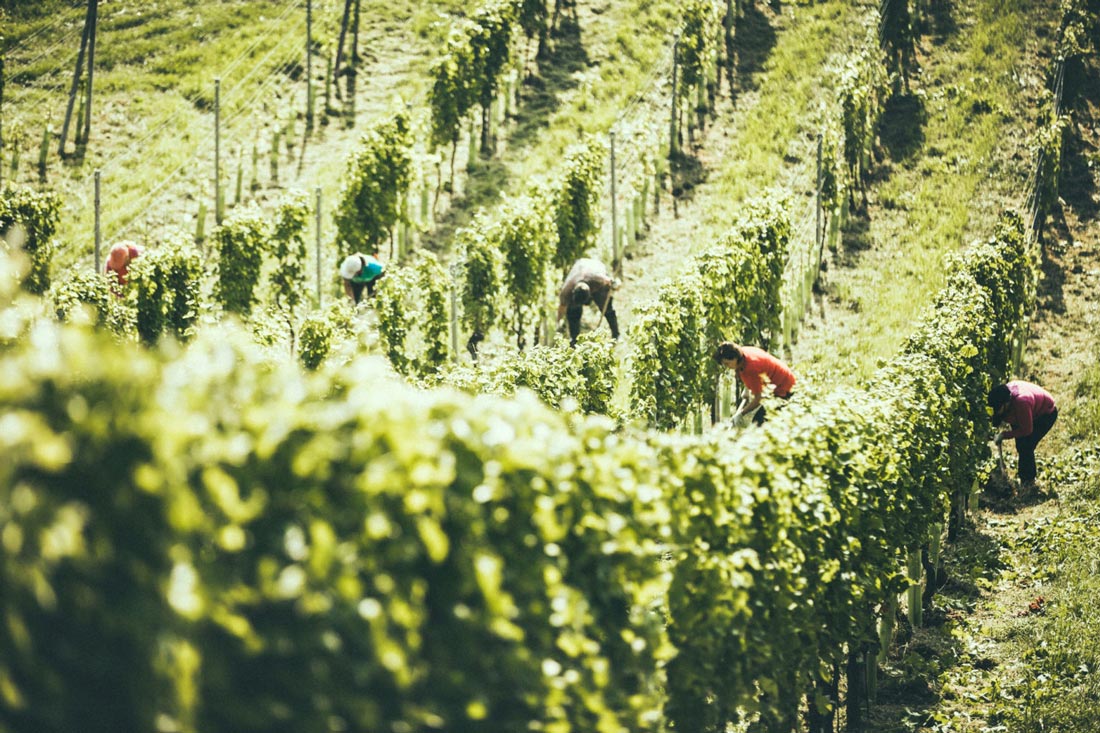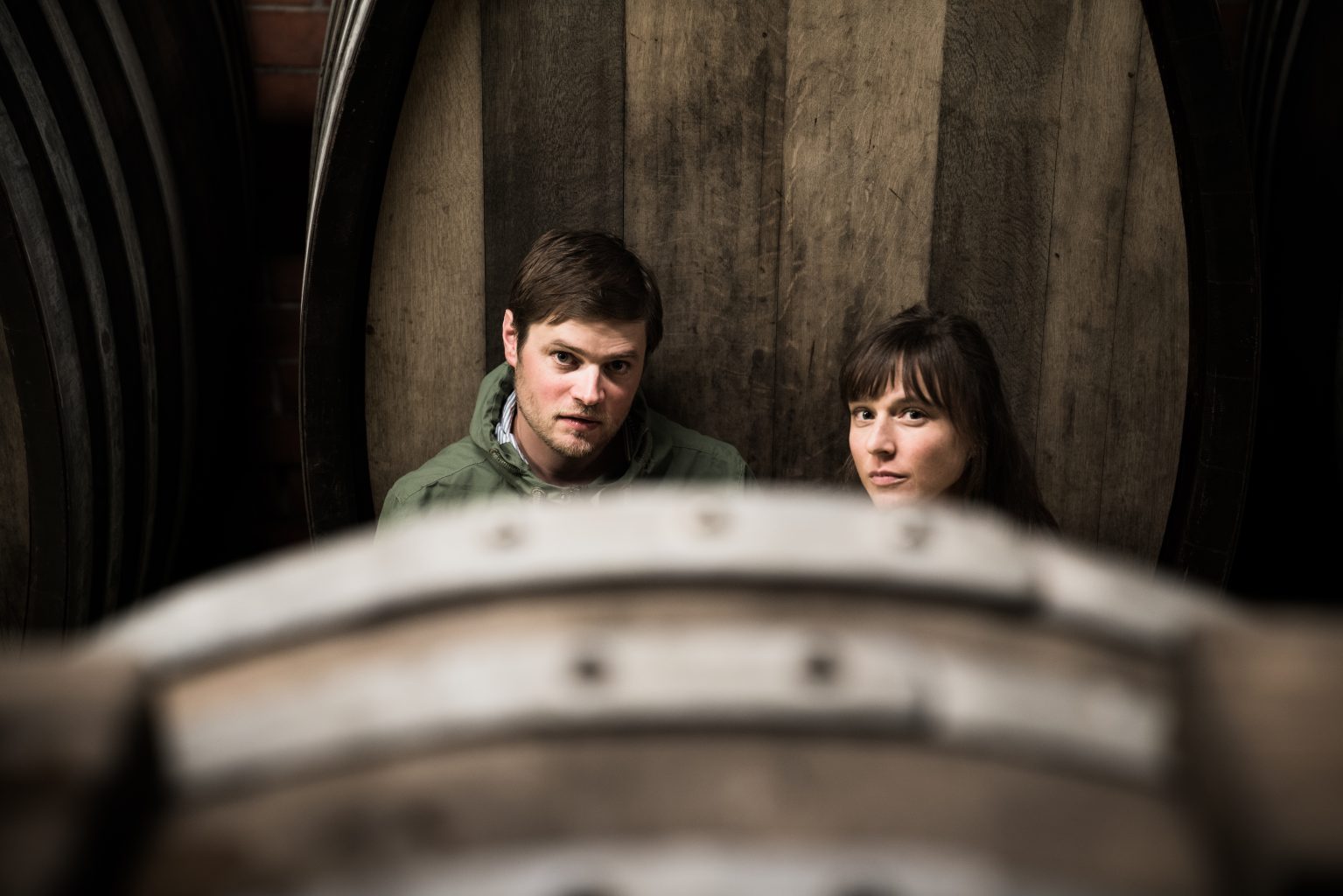Single-vineyard wines originate from a clearly defined vineyard site with excellent soil and a highly favourable micro climate. All STK wineries, including our own, have defined a strict catalogue of criteria for these wines, including for how long they should be left to mature in the cellar.
Große Ried and Erste STK Ried
Wines in the Große STK Ried and Erste STK Ried categories are allowed to "grow up" at their own pace. For this, we give them four to five years at the winery instead of the usual one and a half. In addition, the grapevines must have reached a minimum average age of 15 years and allow for an ageing potential of 10 years or more.
Our vineyard sites
The Ried Nussberg has always deserved our special attention. It is the home ground of our winery and at the heart of our work and life. Other renowned vineyard sites (or Ried) of Weingut Gross are: Sulz, Perz, Witscheiner Herrenberg and Kittenberg. They tell us all about origin, about the terroir of the small sites where they were grown. They have enormous potential for ageing but are available in comparably small quantities only.



